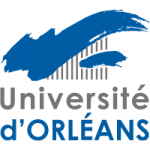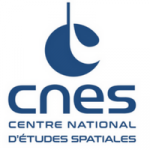The Laboratory
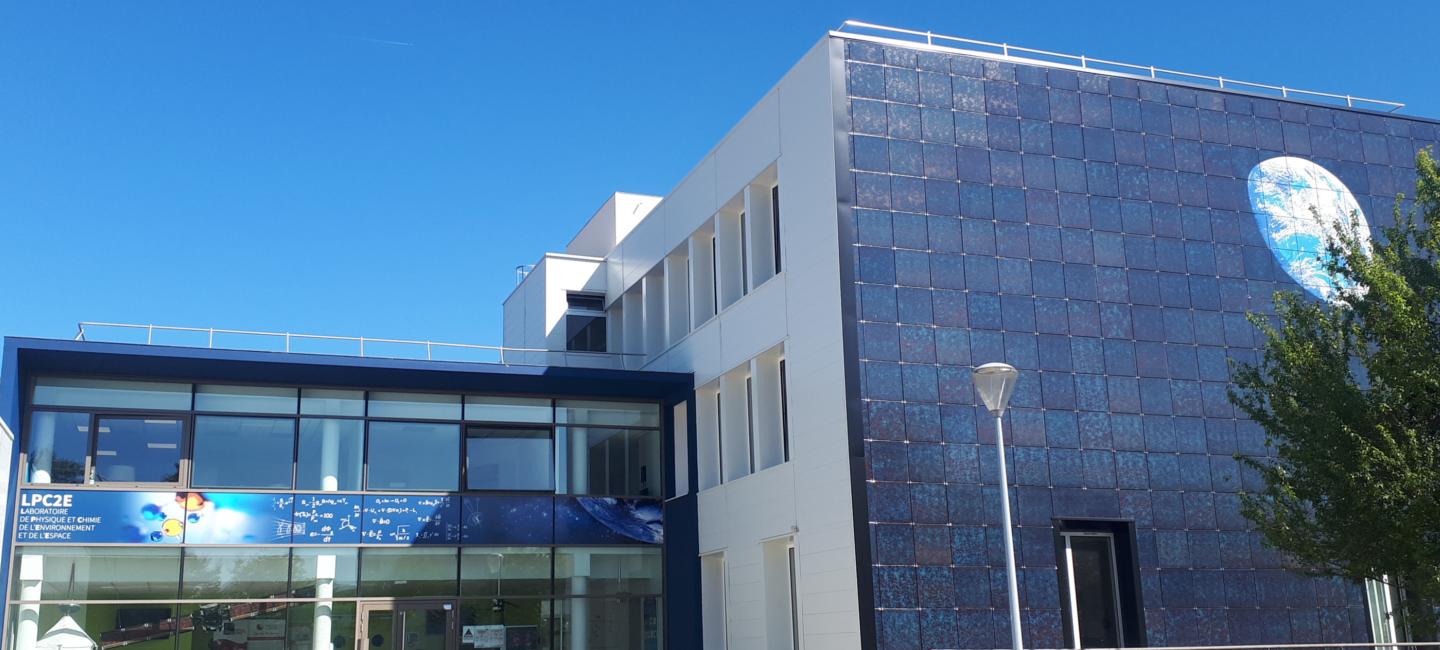
LPC2E: Laboratory of Physics and Chemistry of the Environment and Space
LPC2E is a Joint Research Unit (UMR 7328) whose supervisors are the National Center for Scientific Research (CNRS), the University of Orleans and the National Center for Space Studies (CNES).
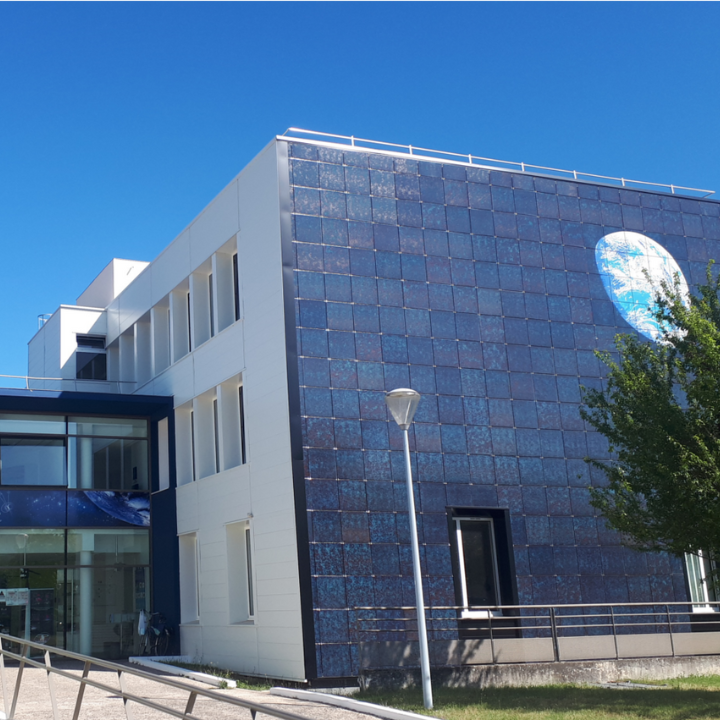
A few words from the Director
LPC2E is mainly supervised by CNRS, the University of Orléans and CNES. It comprises three scientific teams whose work focuses on : (1) the physical chemistry of the Earth’s atmosphere, motivated by the problems of global change linked to continental emissions (fires, wetlands…. ), to air quality and ozone layer evolution, and the physical chemistry of the moons, comets and asteroids in the solar system; (2) the Sun-Earth relations and space plasma physics, to understand the interactions between radiation and particles from the Sun, and the ionized environments of the Earth, planets, moons and comets; (3) astrophysics, with multi-wavelength studies of pulsars and exoplanets, as well as constraints on fundamental physics.
The laboratory relies on the strong instrumentation skills of its technical team (mass and infrared laser spectrometry, aerosol counters, electrical and magnetic sensors, etc.), including the design, production, implementation and data processing of instruments on the ground or onboard aircraft, balloons and satellites. These skills are internationally recognized, as demonstrated by the laboratory’s participation in numerous space and environmental agency projects.
Valéry Catoire
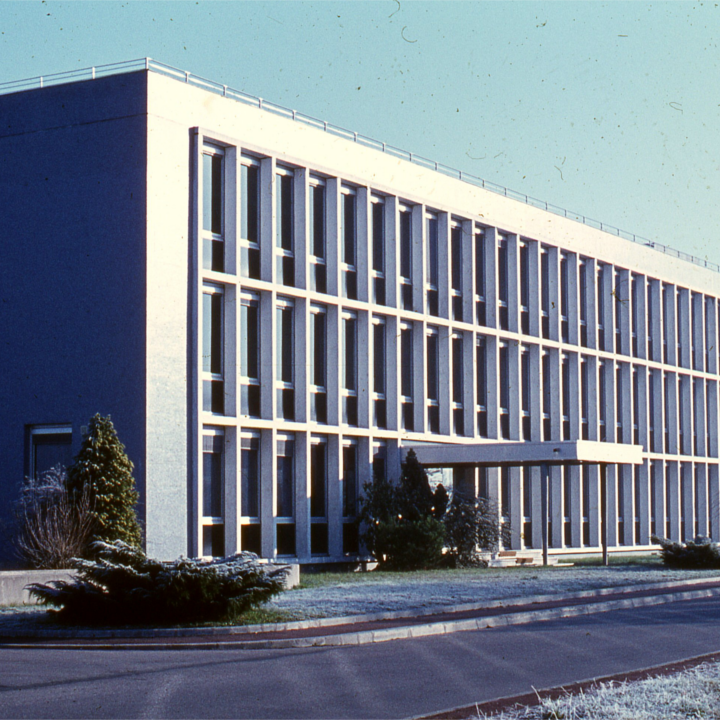
History
LPC2E originates from GRI located in Saint-Maur-des-Fossés and Issy-les-Moulineaux, a laboratory formed in the early 1960s which developed the first French satellite FR1. After moving in 1972 to the CNRS campus of Orléans-La Source to give birth to CRPE located both in Orléans and in Paris region, the Orléans component finally became autonomous in 1982 to become LPCE. To the initial group, specialized in space plasmas, were added local teams specialized in atmospheric physics and planetology.
At the end of the 1990s, the LPCE also included a team of astrophysicists, giving de facto in the region a partner to the Observatoire de Paris, supervisor of the radioastronomy station of Nançay. The laboratory has become one of the “space laboratories” of INSU-CNRS, which motivated the second E (for Space) added to its name in 2008 to underline this identity. Finally, in 2010, the LPC2E was one of the founding laboratories of OSUC with ISTO, the Station de Radioastronomie de Nançay, and associated teams from other laboratories.
Management team
-
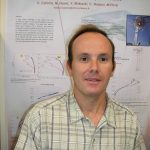
Catoire Valéry
Directeur
-

Gilles Theureau
Directeur Adj.
-
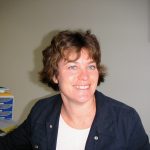
Langer Isabelle
Administratrice
-
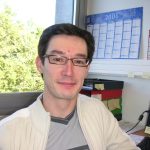
Colin Fabrice
Directeur Technique
-
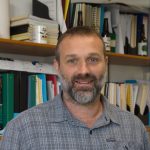
Vallières Xavier
Directeur Technique adj.
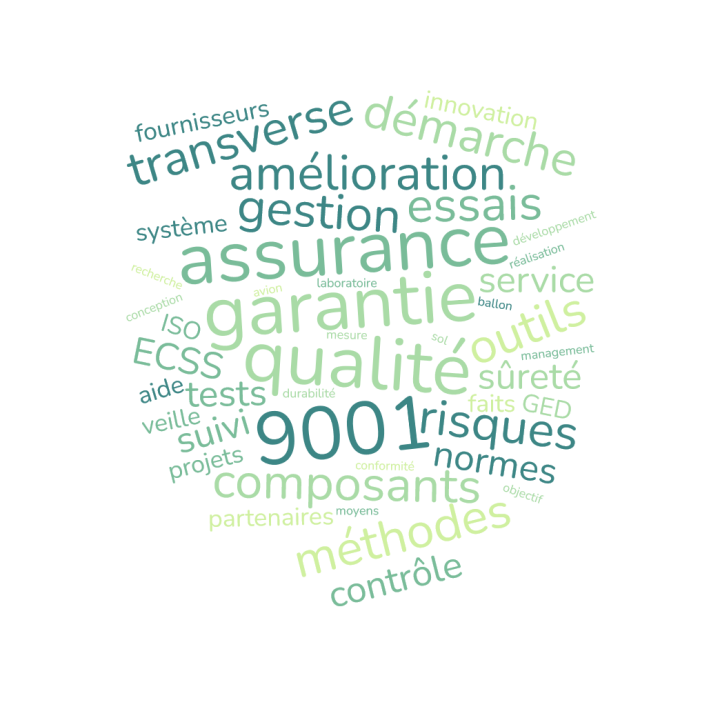
Quality approach
The quality at LPC2E, space laboratory, is deployed at all levels. It aims to implement a harmony of working methods and a homogenization of tools and means implemented for the smooth running of the laboratory on a daily basis. As a guarantee of trust with our collaborators (supervisors, agencies, partners, etc.), it has already allowed the implementation of a quality reference system correlated to the processes established within the laboratory (see the cartography). Supported by LPC2E management, it is part of a logic of continuous improvement that requires the commitment of everyone to move forward (see the quality policy). The quality approach at LPC2E aims to comply with the ISO9001 standard, in coherence with the recommendation of INSU, and with the global evolution of the professions which requires the evolution of our working and organizational methods. (more information)
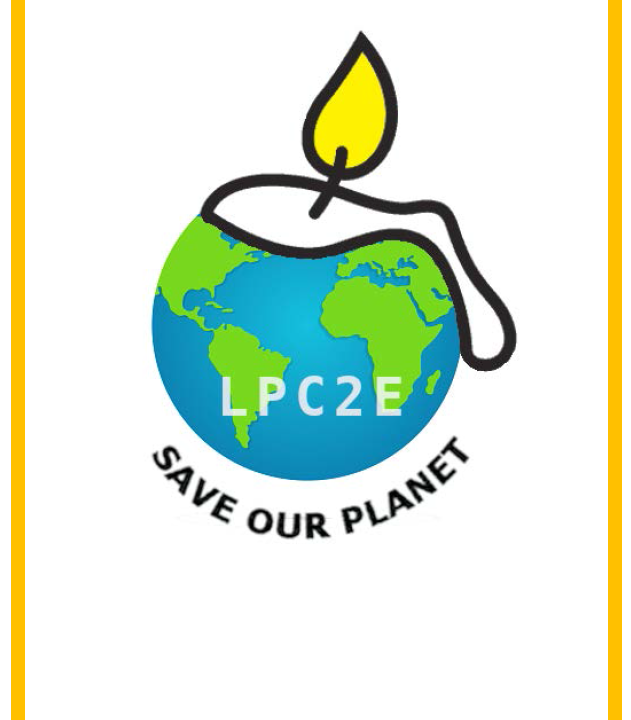
Sustainable development committee
A sustainable development committee exists at LPC2E. It gathers permanent and non-permanent agents from the different scientific and technical teams. Its objectives are to reflect on current practices, to propose and implement improvements, in agreement with LPC2E director and, finally, to carry out awareness actions within LPC2E on good practices related to sustainable development. The committee meets monthly and decides on the action plan to be carried out in order to understand and reduce the impact of our activities on the environment (quantification and reduction of the laboratory’s greenhouse gas emissions (GHG), daily eco-responsible actions, etc…).


